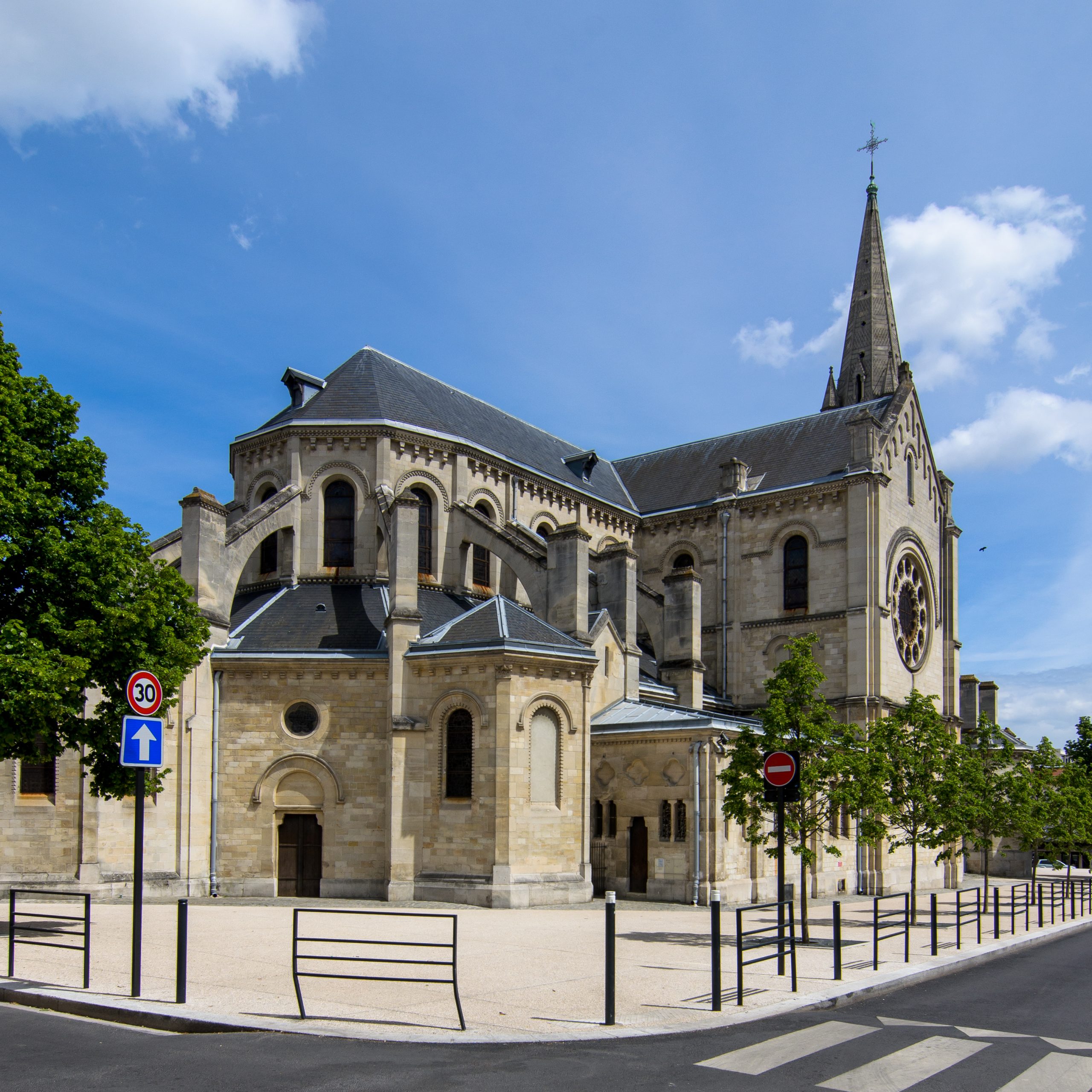Argenteuil
Zbigniew Treppa ![]()
University of Gdansk, Poland
A town in France, located in the Île-de-France region, now in the Val-d’Oise Department, on the right bank of the Seine in the north-west of the Paris Metropolitan Area. In the Church of St Dionysius in Argenteuil, the Sacred Tunic, which is called the Tunic of Argenteuil after its place of storage, is worshipped. It was found in this village in 1150 during work on the extension of the Benedictine monastery, where it was probably hidden by the nuns for fear of it being looted by the Normans. The village was then inhabited by about a hundred families.
From 1156 onwards, the Tunic was very often put on public display in Argenteuil. The first such ceremonial event took place with King Louis VII and in the presence of nine bishops and two archbishops. It was described in a document of 1156 written by Hugo, Archbishop of Rouen. It is highly probable—as can be inferred from earlier sources—that the relic is supposed to have found its way to Argenteuil in the first half of the 9th century thanks to Théorade, daughter of Charlemagne, who was a prioress of the Argenteuil monastery (→Tunic of Argenteuil). In turn, the relic was said to have been brought to this French village from Constantinople, where it is believed to have emerged around the 7th century.

In later times, ceremonial displays of the cloth were held in Argenteuil with the participation of the kings of France, including: Louis IX (twice), Henry III (three times) and Louis XIII (three times); with the participation of queens: Mary of the Medici, Anne of Austria and Mary of Modena (wife of King James II of England); and cardinals, including: Armand Jean Richelieu and Pierre Bérulle. After the French Revolution and the abolition of the Benedictine Order in France, the relic was moved to the parish church on 2 June 1791 and then cut into fragments two years later, which were hidden by parishioners.
In 1785, the most important parts of the Tunic were recovered, and in 1894 they were joined together by stitches. Since then, ceremonial displays of the Tunic of Argenteuil have resumed. The last one took place on 10 April 2016 and was attended by some 200,000 pilgrims. The next exhibition is scheduled for 2034.
References
Leroy J.-Ch., Tunika Jezusa. Cudowna relikwia chrześcijaństwa, tłum. A. Zielińska, Kraków 2013.
Marion A., Lucotte G., Tunika z Argenteuil i Całun Turyński. Podsumowanie badań, tłum. A. Łatka, Kraków 2008.
Source of Image
1. Wikimedia Commons, https://commons.wikimedia.org/wiki/File:Basilique_d%27Argenteuil_-_chevet.jpg (BastienM, CC BY-SA 3.0)
